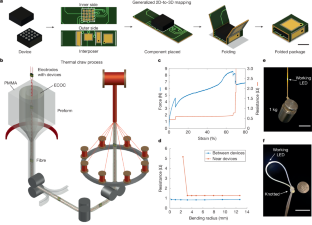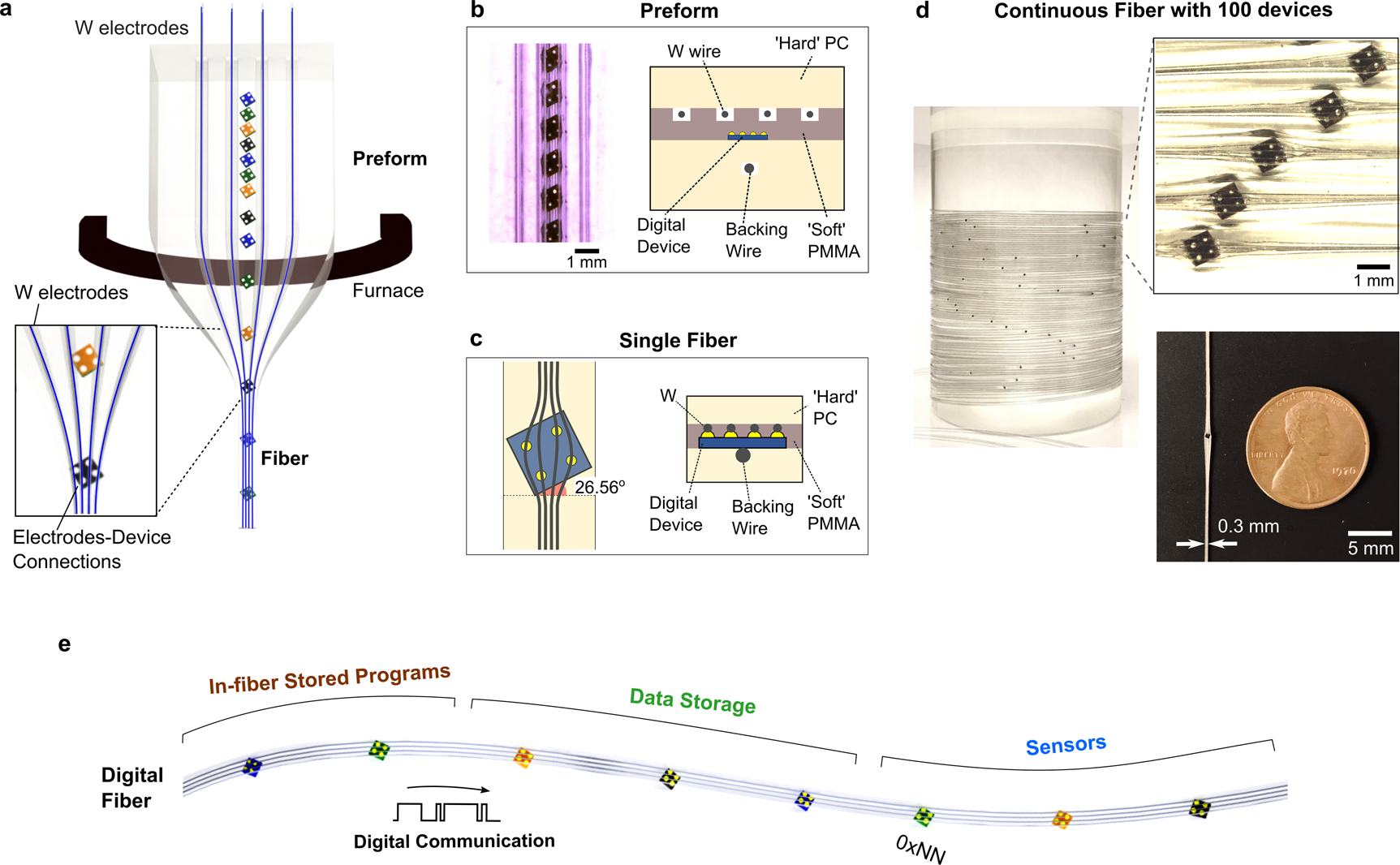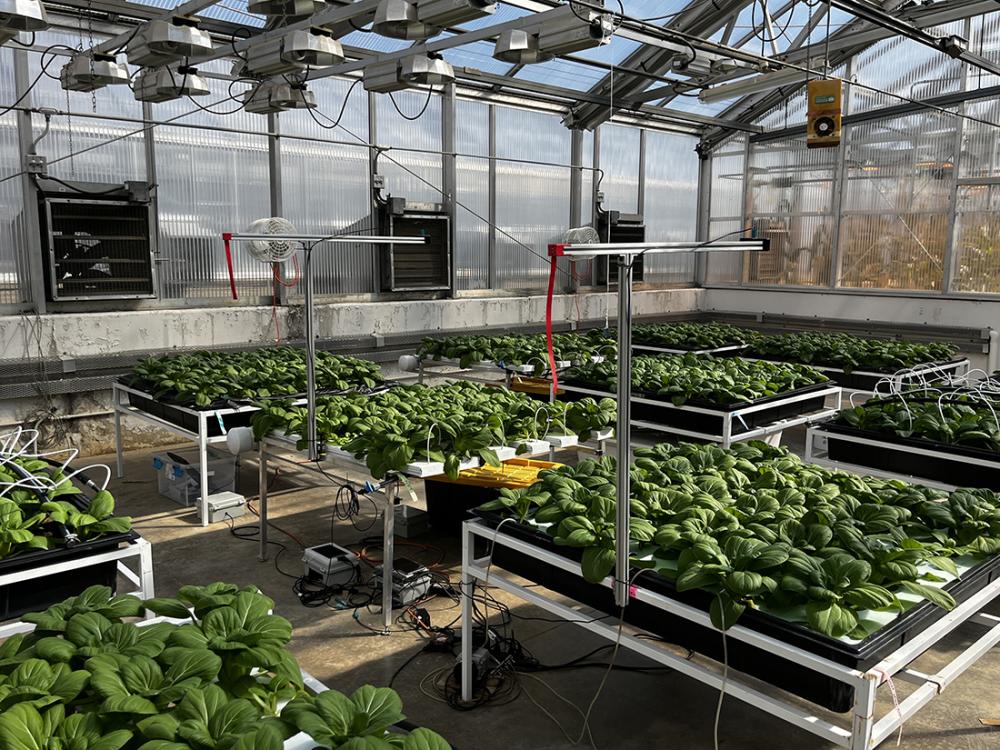20025-02-26 マサチューセッツ工科大学 (MIT)
<関連情報>
- https://news.mit.edu/2025/fiber-computer-allows-apparel-to-run-apps-and-understand-wearer-0226
- https://www.nature.com/articles/s41586-024-08568-6
- https://www.nature.com/articles/s41467-021-23628-5
単繊維コンピュータが繊維ネットワークと分散推論を可能にする A single-fibre computer enables textile networks and distributed inference
Nikhil Gupta,Henry Cheung,Syamantak Payra,Gabriel Loke,Jenny Li,Yongyi Zhao,Latika Balachander,Ella Son,Vivian Li,Samuel Kravitz,Sehar Lohawala,John Joannopoulos & Yoel Fink
Nature Published:26 February 2025
DOI:https://doi.org/10.1038/s41586-024-08568-6

Abstract
Despite advancements in wearable technologies, barriers remain in achieving distributed computation located persistently on the human body. Here a textile fibre computer that monolithically combines analogue sensing, digital memory, processing and communication in a mass of less than 5 g is presented. Enabled by a foldable interposer, the two-dimensional pad architectures of microdevices were mapped to three-dimensional cylindrical layouts conforming to fibre geometry. Through connection with helical copper microwires, eight microdevices were thermally drawn into a machine-washable elastic fibre capable of more than 60% stretch. This programmable fibre, which incorporates a 32-bit floating-point microcontroller, independently performs edge computing tasks even when braided, woven, knitted or seam-sewn into garments. The universality of the assembly process allows for the integration of additional functions with simple modifications, including a rechargeable fibre power source that operates the computer for nearly 6 h. Finally, we surmount the perennial limitation of rigid interconnects by implementing two wireless communication schemes involving woven optical links and seam-inserted radio-frequency communications. To demonstrate its utility, we show that garments equipped with four fibre computers, one per limb, operating individually trained neural networks achieve, on average, 67% accuracy in classifying physical activity. However, when networked, inference accuracy increases to 95% using simple weighted voting.
繊維中のデジタル・エレクトロニクスが繊維ベースの機械学習推論を可能にする Digital electronics in fibres enable fabric-based machine-learning inference
Gabriel Loke,Tural Khudiyev,Brian Wang,Stephanie Fu,Syamantak Payra,Yorai Shaoul,Johnny Fung,Ioannis Chatziveroglou,Pin-Wen Chou,Itamar Chinn,Wei Yan,Anna Gitelson-Kahn,John Joannopoulos &Yoel Fink
Nature Communications Published:03 June 2021
DOI:https://doi.org/10.1038/s41467-021-23628-5

Abstract
Digital devices are the essential building blocks of any modern electronic system. Fibres containing digital devices could enable fabrics with digital system capabilities for applications in physiological monitoring, human-computer interfaces, and on-body machine-learning. Here, a scalable preform-to-fibre approach is used to produce tens of metres of flexible fibre containing hundreds of interspersed, digital temperature sensors and memory devices with a memory density of ~7.6 × 105 bits per metre. The entire ensemble of devices are individually addressable and independently operated through a single connection at the fibre edge, overcoming the perennial single-fibre single-device limitation and increasing system reliability. The digital fibre, when incorporated within a shirt, collects and stores body temperature data over multiple days, and enables real-time inference of wearer activity with an accuracy of 96% through a trained neural network with 1650 neuronal connections stored within the fibre. The ability to realise digital devices within a fibre strand which can not only measure and store physiological parameters, but also harbour the neural networks required to infer sensory data, presents intriguing opportunities for worn fabrics that sense, memorise, learn, and infer situational context.



